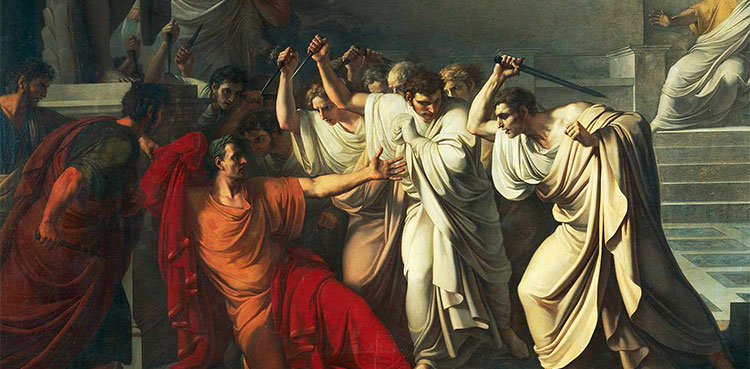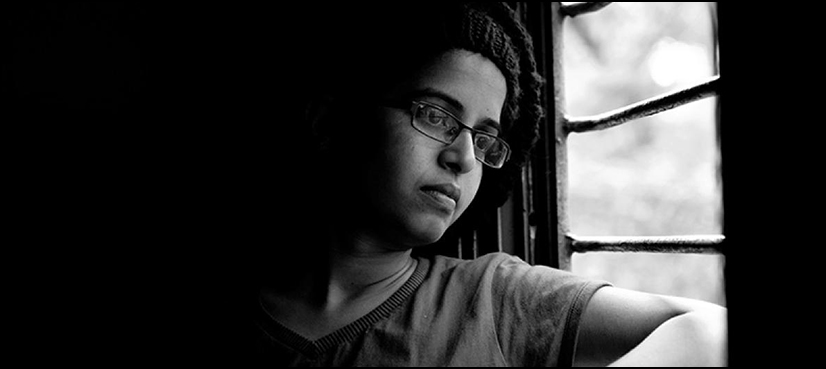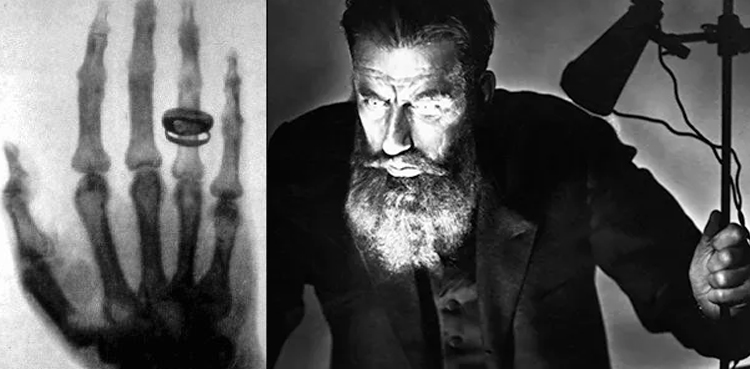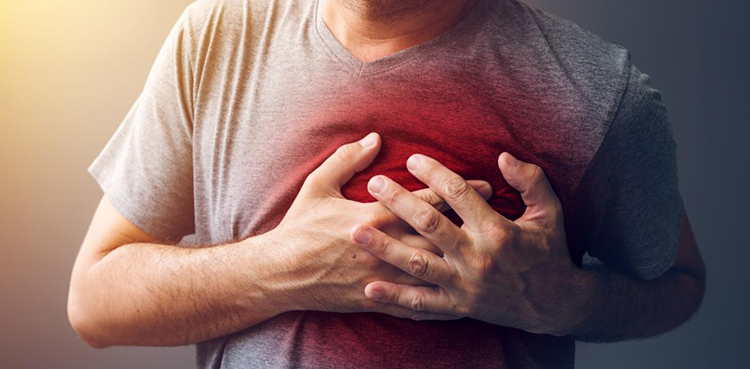The term ‘coup d’état’ first came to fore in the 17th century that was translated as ‘stroke of the state’ or ‘blow against the state’ implying as an overt attempt to overthrow a sitting head of state through illegal and often violent means.
This tendency to supplant head of a ruling dispensation is known to be a significant aspect of governance since time immemorial and has still not lost its attraction for ambitious individuals or groups operating in the corridors of power.
Western civilisation has tried hard to make transition of power through peaceful means but still this activity occurs periodically in the western governance process as was witnessed in America when Donald Trump’s supporters stormed the American parliament in an attempt to overturn President Joe Biden’s victory but the supposed coup did not succeed.
Ides of March is the most talked about coup that took place on 15 March 44 BCE. It took place when Roman dictator Julius Caesar was stabbed 23 times by a group of senators, including his close friend Marcus Junius Brutus who achieved notoriety as ‘Et tu, Brute’.
The assassination came about due to the Senate’s fears that Caesar planned to claim the title of king and rule as a tyrant by overthrowing the Senate.

Coup of 18 Brumaire of 1799 brought Napoleon Bonaparte to power. Napoleon Bonaparte had started formulating his plans to overthrow France’s five-member Directory as soon
as he returned from a military campaign in Egypt in October 1799.
With the help of co-conspirators, including a pair of directors, he eventually managed to replace the Directory with a three-member Consulate which lasted until 1804, when he crowned himself emperor of France ushering in the Napoleonic Empire.
1911 Chinese Revolution is also famous. Two millennia of imperial rule in China officially came to an end on 12 February, 1912, following a successful revolution against the Qing Dynasty that began with the Wuchang Uprising on 10 October, 1911.
This event marked the beginning of the country’s early republic era.

1917 Russian Revolution was violently novel in content. Led by leftist revolutionary Vladimir Lenin, on 7 November 1917 the Bolsheviks seized power from the unpopular provisional government through an armed insurrection in Petrograd.
The event played a key role in the Russian Revolution of 1917-23 and ultimately led to the country’s civil war.
1923 Beer Hall Putsch is perhaps the most famous coup of the 20th century in which over 2,000 Nazis led by a 34-year-old Adolf Hitler, attempted to take over the Weimar Republic government in Bavaria. It was a complete failure, as 16 Nazis were killed and many were captured and imprisoned including Hitler who was sentenced to prison for treason.
It was during this time that he dictated his political autobiography Mein Kampf.

1936 Spanish coup of July 1936 gave birth to the Spanish Civil War that involved a nationalist and military uprising against the Second Spanish Republic beginning on 18 July, 1936 with General Francisco Franco’s call to overthrow the democratically elected leftist government.
The war lasted from 1936 to 1939 and resulted in an estimated 500,000 deaths.
1948 Czechoslovak coup d’état entailed that on 25 February 1948 the country became a single-party state when President Edvard Benes succumbed to communist pressure and conceded his cabinet to the party in a bloodless coup.
The insurrection gained steam after moderates within the Czech government expressed interest in joining the Marshall Plan a US programme aimed at aiding war-torn Western European countries.

1952 Cuban coup d’état was also a memorable event. Former president Fulgencio Batista came to power once again in Cuba in 1952 by ousting outgoing President Carlos Prío Socarrás three months prior to an election.
This angered a 26-yearold lawyer named Fidel Castro who carried out an armed revolt against the military dictatorship that began in July 1953 and ended on the last day of 1958 when Castro and the rebels ousted the president.














